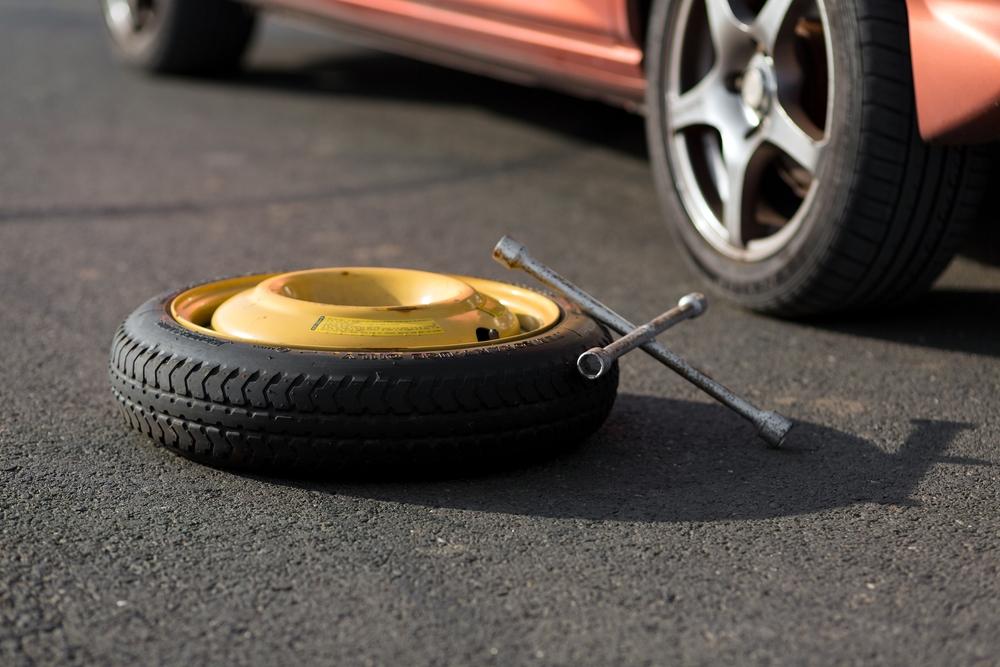In the event of a tire puncture or blowout, donut tires, also known as spare tires, can come to the rescue. These compact temporary tires are designed to get you to the nearest repair shop or safety.

To ensure your safety and the longevity of the donut tire, here are the 10 dos and 10 don’ts to keep in mind:
Dos:
- Do familiarize yourself with your vehicle’s manual to locate the donut tire and understand the proper procedure for installation.
- Do practice changing a donut tire in a controlled environment before facing an emergency situation on the road.
- Do ensure that your donut tire is properly inflated according to the manufacturer’s recommended pressure.
- Do drive at a reduced speed when using a donut tire, as they are not designed for high-speed travel.
- Do limit your driving distance on a donut tire. Consult your vehicle’s manual for the recommended mileage restrictions.
- Do prioritize repairs or replacement of the original tire as soon as possible to restore optimal safety and performance.
- Do store the removed flat tire securely in your vehicle to prevent it from shifting during transit.
- Do use the donut tire only as a temporary solution. Avoid relying on it for extended periods.
- Do carry necessary tools like a lug wrench and jack to facilitate tire changes efficiently.
- Do seek professional assistance if you are unsure about changing the donut tire or if you encounter any difficulties during the process.
Don’ts:
- Don’t exceed the maximum weight capacity specified for the donut tire.
- Don’t mix donut tires with regular tires on the same axle, as it can affect vehicle stability and handling.
- Don’t attempt to repair a donut tire. They are not meant for permanent use and should be replaced instead.
- Don’t engage in sudden or aggressive maneuvers when driving on a donut tire, as it may compromise your control.
- Don’t forget to check the donut tire’s condition periodically, including tread wear and any signs of damage or degradation.
- Don’t continue driving on a donut tire if it shows signs of severe wear, bulges, or sidewall damage.
- Don’t exceed the recommended speed limit indicated by the manufacturer for the donut tire.
- Don’t forget to secure the donut tire and tools properly in your vehicle to prevent them from becoming hazards during sudden stops or maneuvers.
- Don’t tow a trailer or heavy load with a vehicle equipped with a donut tire, as it is not designed for such purposes.
- Don’t forget to replace the donut tire after use. Regular tires provide better stability, traction, and safety on the road.
By following these 10 dos and 10 don’ts, you can ensure a safer and more efficient handling of donut tires during roadside emergencies. Remember, proper maintenance and timely repairs are essential for a smooth and secure journey on the road.














